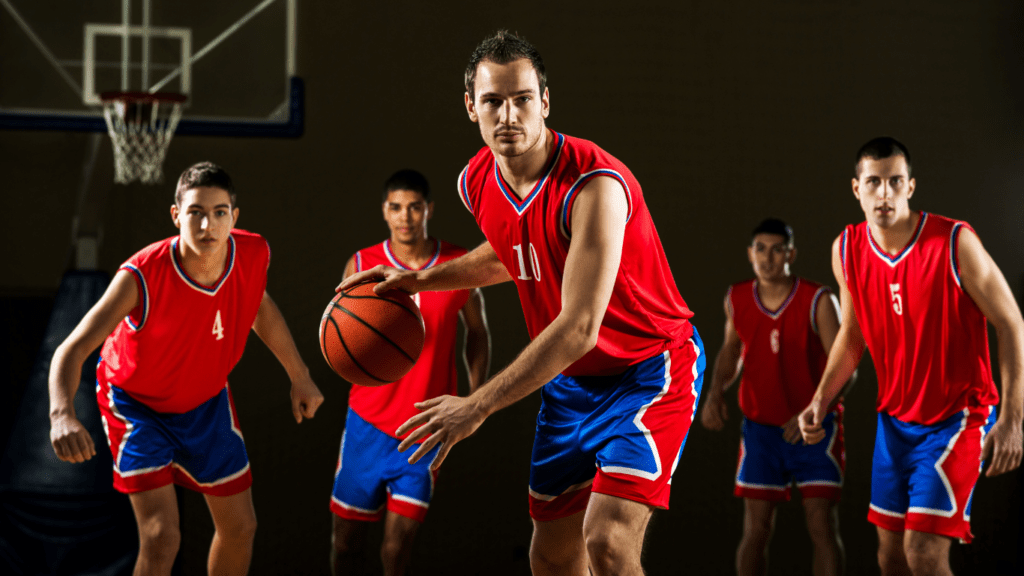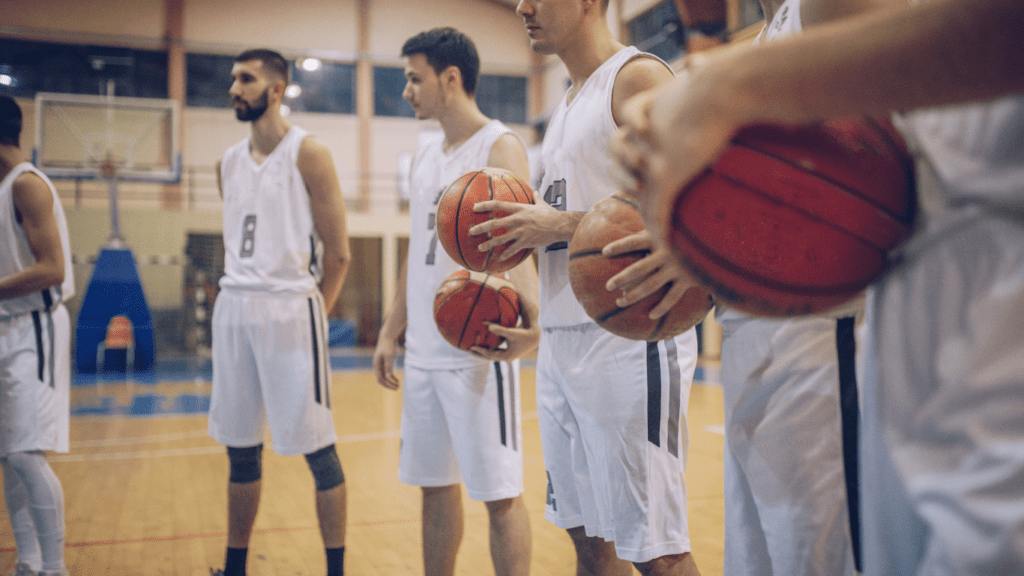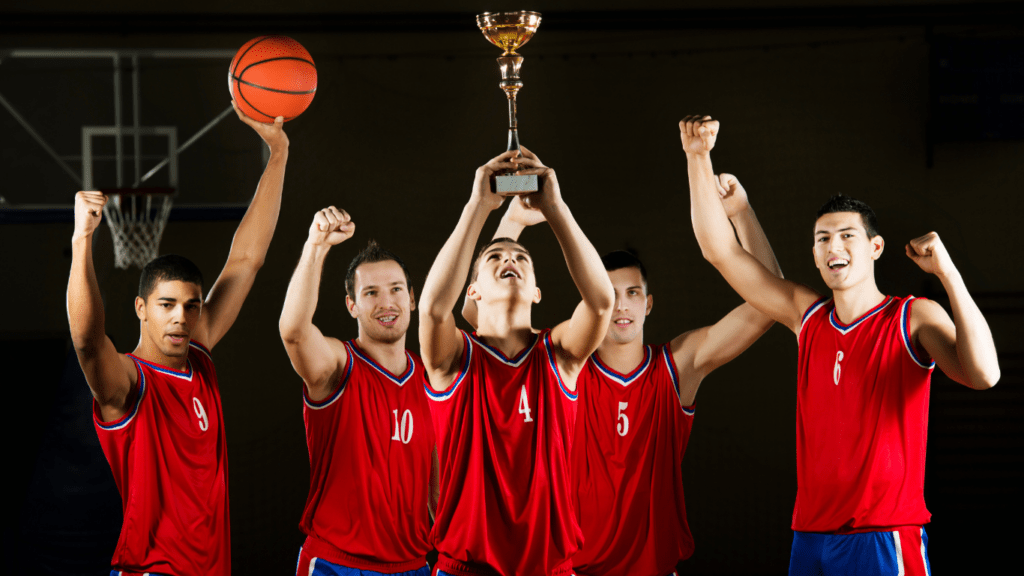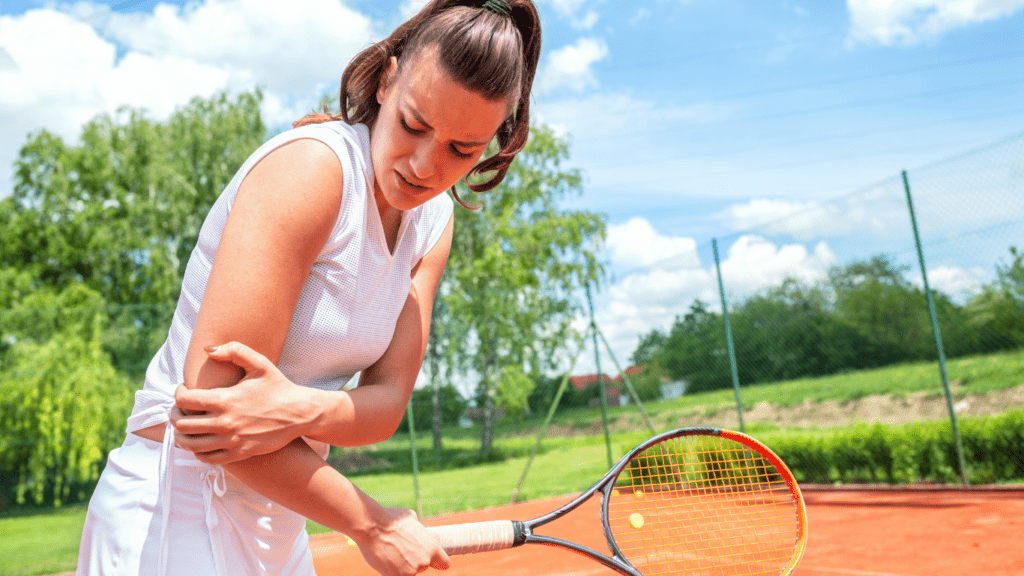I’ve always believed that the best way to prepare for high-stakes moments is to replicate them as closely as possible. Whether it’s on the field, court, or any competitive arena, the pressure and unpredictability of real competition can’t be fully understood through drills alone. That’s where game-like situations come in—they bridge the gap between practice and performance.
When practice feels like the real thing, it pushes players to think faster, adapt quicker, and handle pressure with confidence. It’s not just about physical readiness; it’s about building mental toughness and decision-making skills under stress. Simulating competition transforms routine training into a powerful tool for growth.
Understanding Game-Like Situations
Game-like situations replicate real competition scenarios in training environments. This approach bridges the gap between practice and actual performance.
What Are Game-Like Situations?
Game-like situations involve structured practice sessions that simulate the conditions of actual games. These include:
- replicating time pressure
- opponent interactions
- dynamic decision-making
For example, placing players in a scenario with limited time to score fosters quick thinking under stress. Incorporating realistic rules, spacing, and movement patterns makes these drills more authentic.
These setups mimic the unpredictability of live gameplay. They allow athletes to experience challenges similar to what they’d face in matches, ensuring better preparation.
The Role of Competition in Skill Development
- Competition enhances skill acquisition by introducing intensity and urgency.
- It’s not enough to practice skills in isolation; applying them under pressure amplifies their effectiveness. For instance, practicing free throws while fatigued mirrors end-of-game scenarios in basketball.
- When athletes compete against peers during practice, their focus sharpens.
- This stimulates creativity, adaptability, and resilience, which are crucial for real games.
- Integrating competitive elements into drills ensures athletes develop skills that hold up under stress.
Benefits of Simulating Competition in Practice

Integrating competition into practice drives personal and team growth. By replicating real-game scenarios, athletes develop critical skills and mindset advantages that elevate their performance.
Enhanced Decision-Making Skills
Simulated competition refines on-the-spot decision-making. Athletes must process information, assess options, and act quickly, replicating the mental demands of actual games. For example, setting defensive strategies in a time-sensitive scrimmage mimics competitive environments, building sharper tactical awareness. Repeated exposure to these situations enhances instincts and reduces hesitation.
Improved Performance Under Pressure
Practice under simulated stress conditions boosts an athlete’s ability to handle high-pressure moments in real games. Adding elements like a countdown clock or crowd noise trains players to remain calm and focused. Basketball free-throw sessions with time constraints or penalty shootouts in soccer prepare individuals to maintain consistency in decisive situations.
Building Team Dynamics and Confidence
Team-based game-like situations foster cohesion and trust. Scrimmages requiring coordinated strategies or adaptive plays help athletes learn to rely on teammates. Success in these simulated challenges builds collective confidence, motivating players to execute complex plays in actual matches.
Key Components of Effective Game-Like Practices
Game-like practices rely on thoughtful design and implementation. Effective sessions mirror real-game dynamics, ensuring athletes experience authentic challenges that build readiness.
Designing Realistic Scenarios
Real-game scenarios include variables athletes encounter in competition. I create drills that mimic game conditions, like specific formations, defensive setups, or timed challenges, to replicate match-day tension. For instance, I simulate last-minute plays with limited time for decision-making, forcing players to execute under pressure. Incorporating opponents’ movements or unpredictable elements ensures game situations feel authentic.
Balancing Difficulty Levels
Game-like situations are impactful when difficulty aligns with skill levels. I adjust tasks to challenge athletes without overwhelming them. Beginners navigate slower-paced drills emphasizing fundamentals, while advanced players tackle faster, high-stakes scenarios demanding precision. Gradual progression, such as transitioning from basic passing exercises to complex team strategies, promotes steady improvement.
Incorporating Instant Feedback
Immediate feedback reinforces learning during game-like practices. I provide real-time evaluations, such as stopping play to correct errors or praising successful decisions mid-drill. Using video playback or performance metrics, like shot accuracy or defensive success rates, ensures athletes understand what works and where adjustments are needed. Feedback accelerates adaptation and refines skills under competitive conditions.
Practical Applications in Different Sports
Integrating game-like situations into practice maximizes performance across both team and individual sports. Simulation-based training adapts easily to the unique demands of each sport, driving skill improvement and mental agility.
Team Sports: Basketball, Soccer, and Football
Team sports benefit greatly from simulating real-game dynamics. In basketball, I design drills that mimic game-ending scenarios, like practicing inbound plays with limited time on the shot clock. This refines decision-making under pressure and prepares players for high-stress moments. Soccer training includes small-sided games with defensive-pressure variations, forcing players to react quickly and anticipate opponent moves. Such setups encourage sharp passing, spatial awareness, and adaptability. Football practices incorporate situational scrimmages, replicating two-minute drills or red-zone plays to develop composure and strategic execution under time constraints.
Individual Sports: Tennis, Track, and Golf
Game-like training enhances performance in individual sports too. In tennis, I focus on replicating match-point situations, where players practice high-stakes returns and serves to build confidence in critical moments. Track athletes benefit from simulated race environments by running with staggered starts or competing against paced teammates, recreating competitive pressure. Golfers can practice under tournament-like conditions, such as hitting under timed restrictions or simulating crowd presence, to improve focus and execution during actual events.



 Injury Prevention & Recovery Specialist
Injury Prevention & Recovery Specialist
